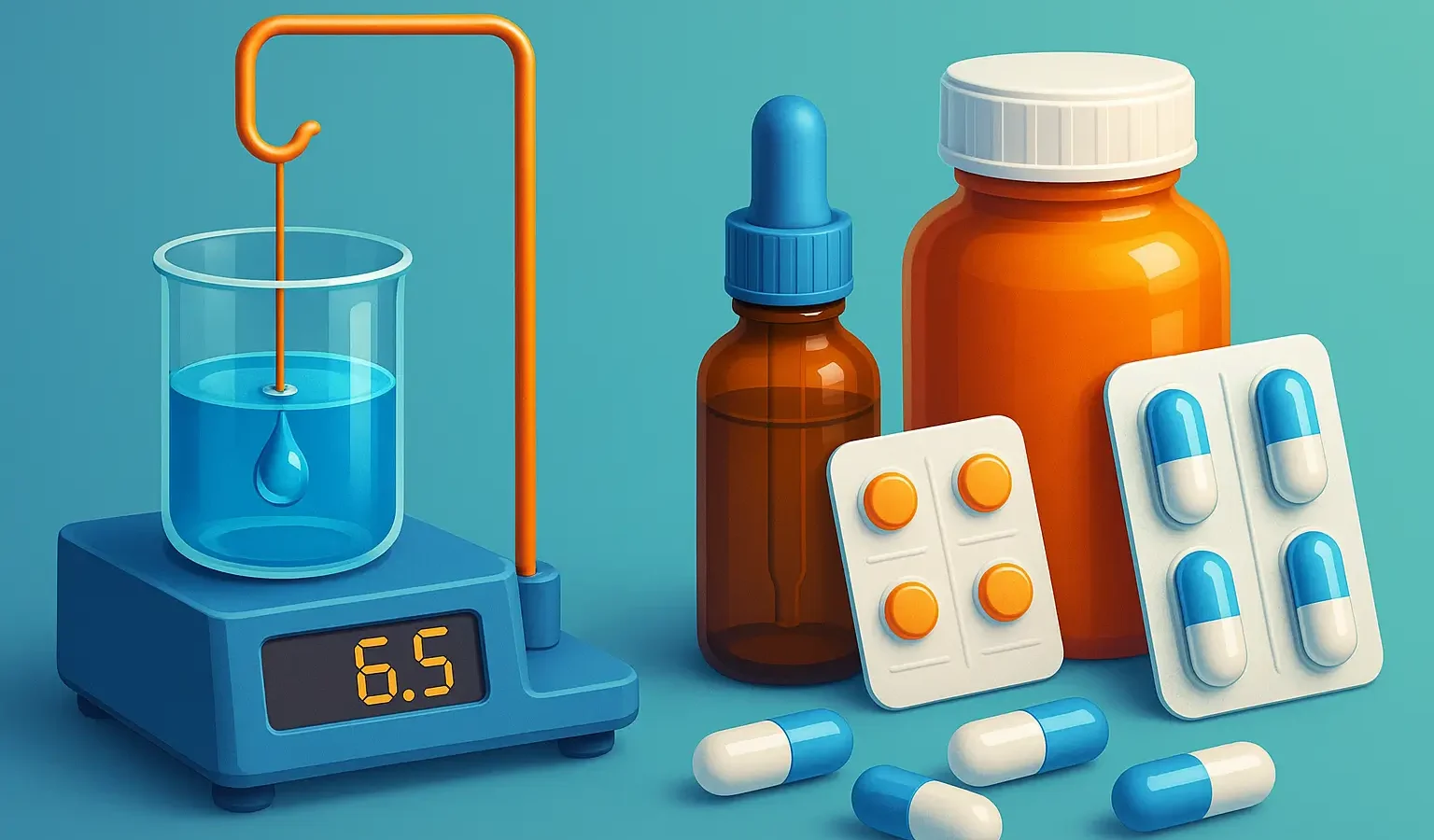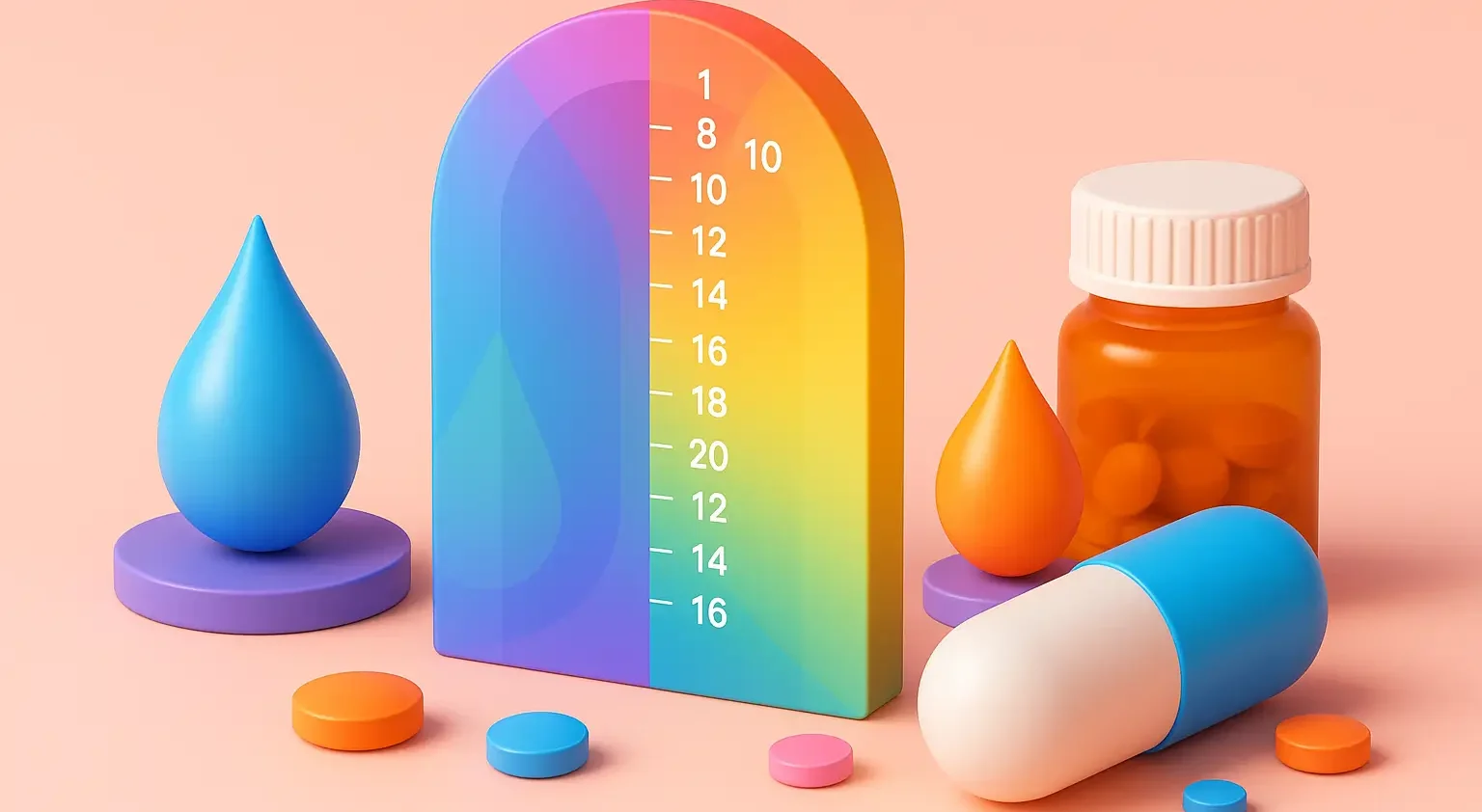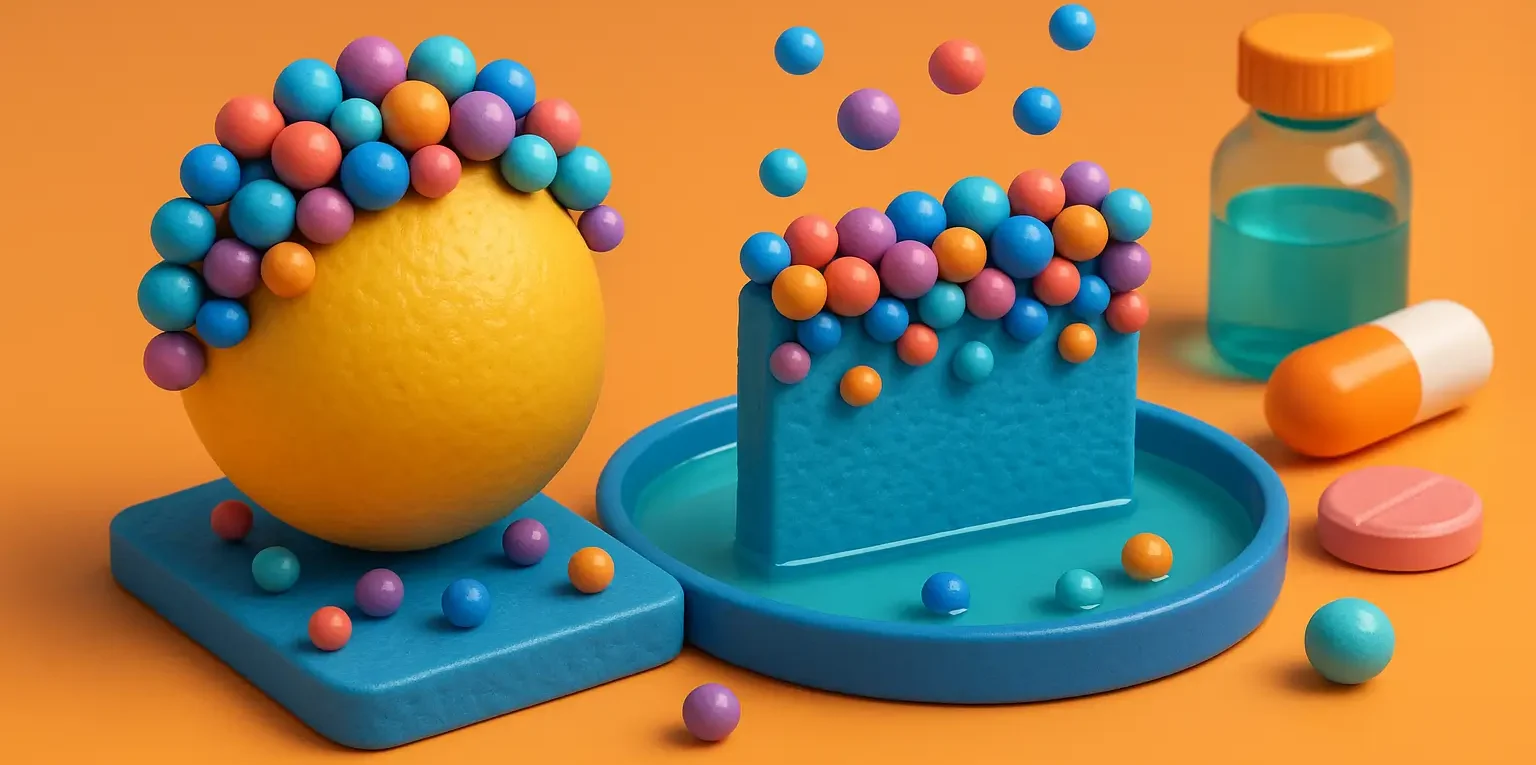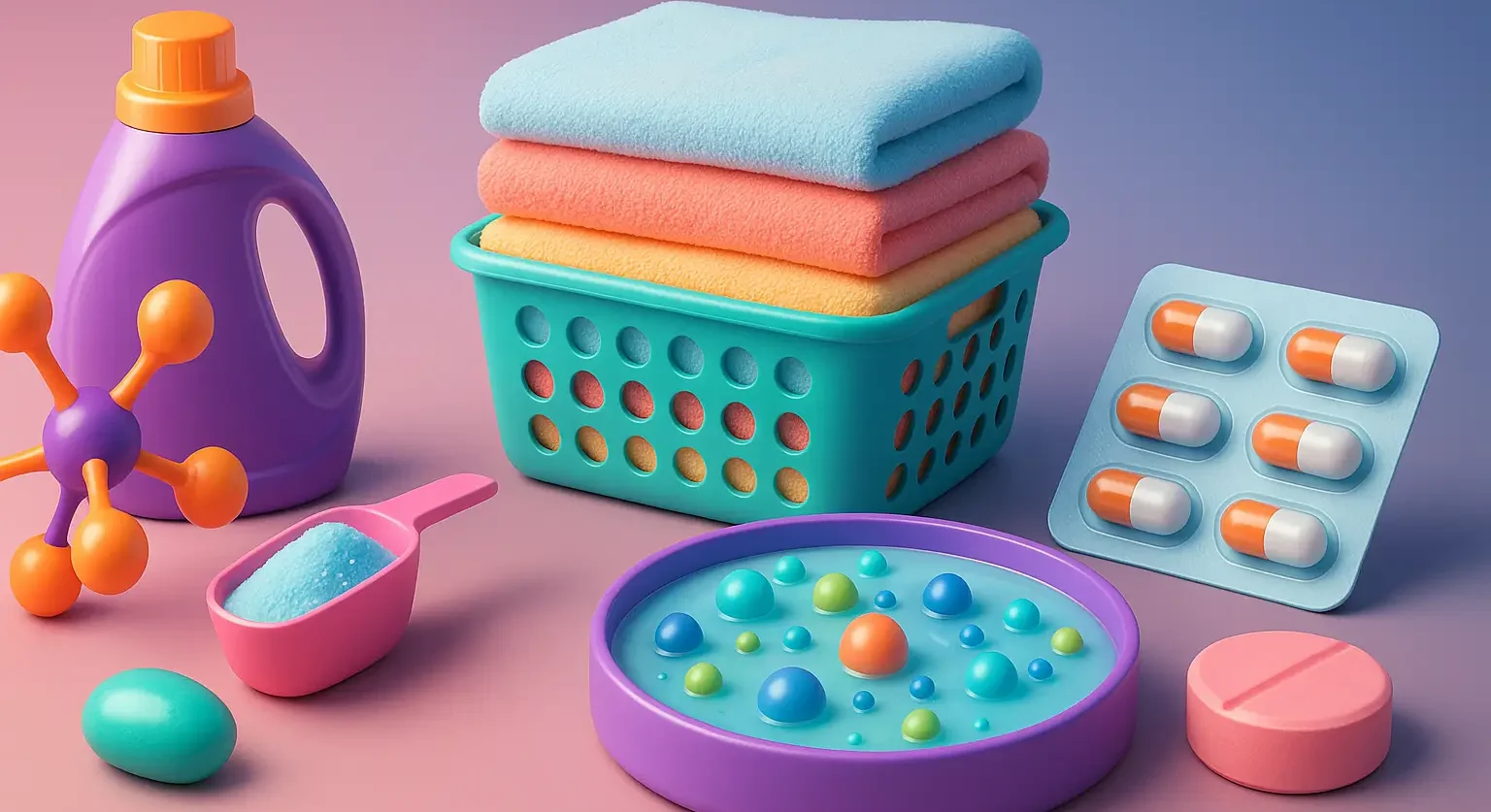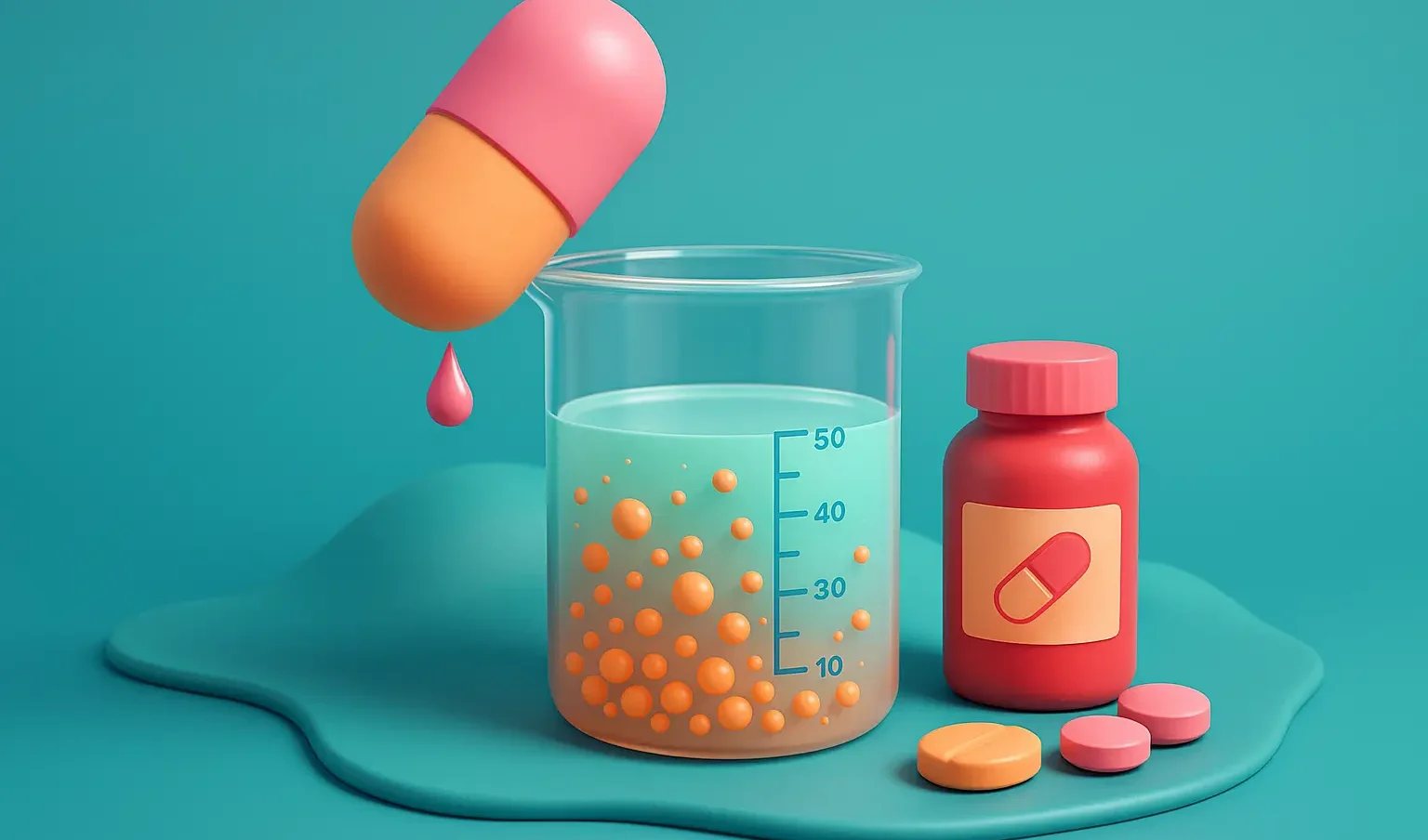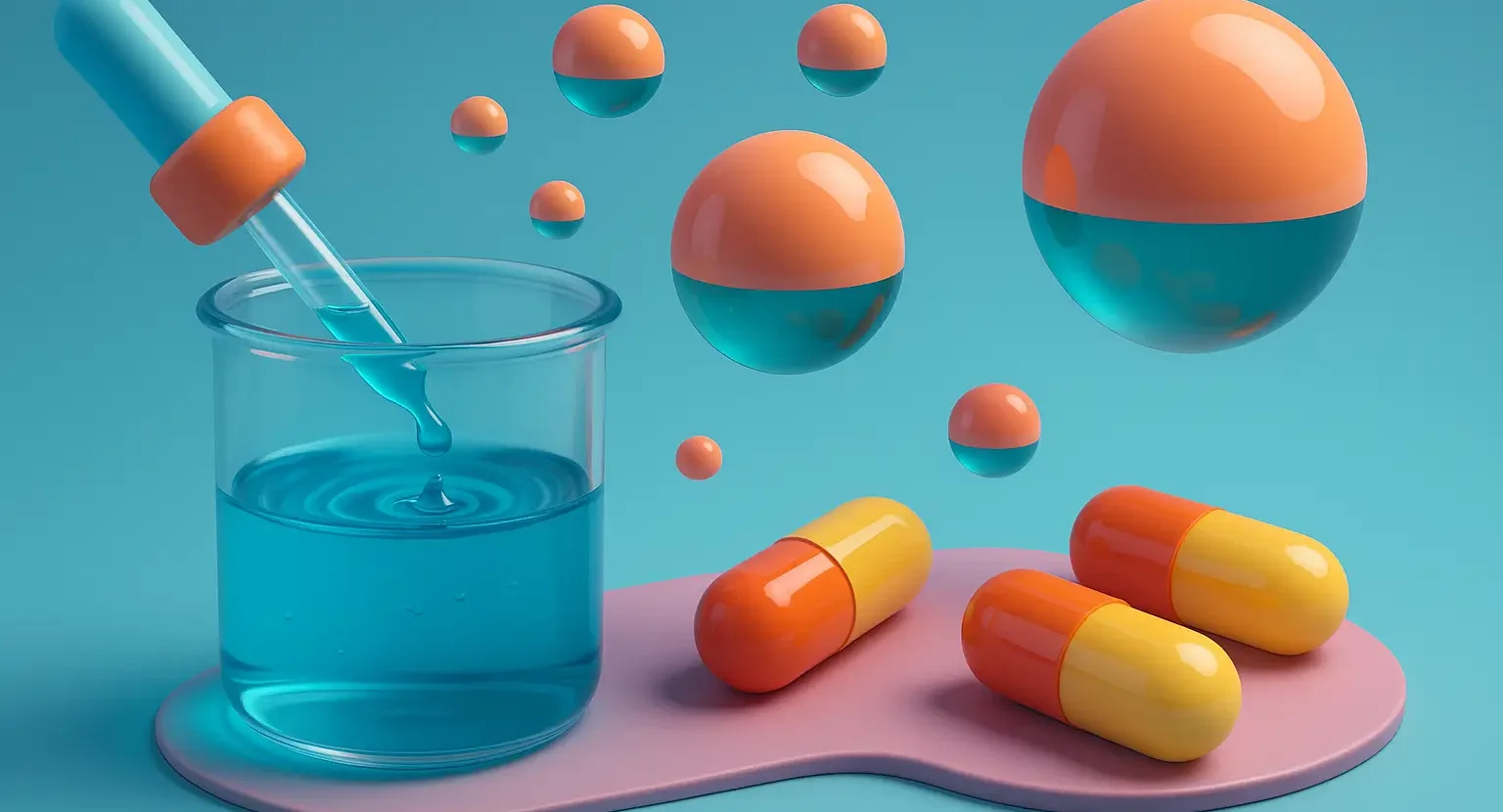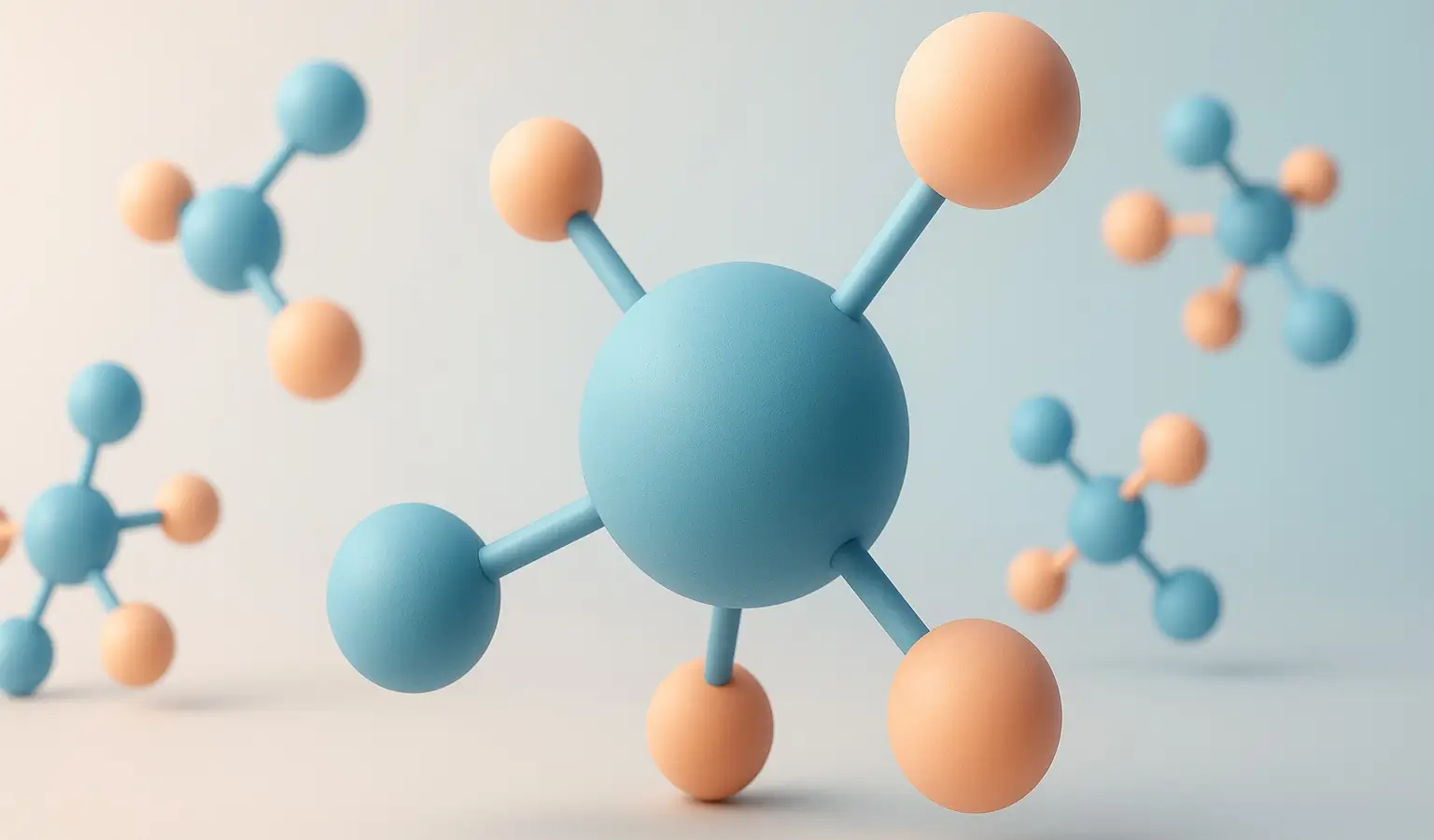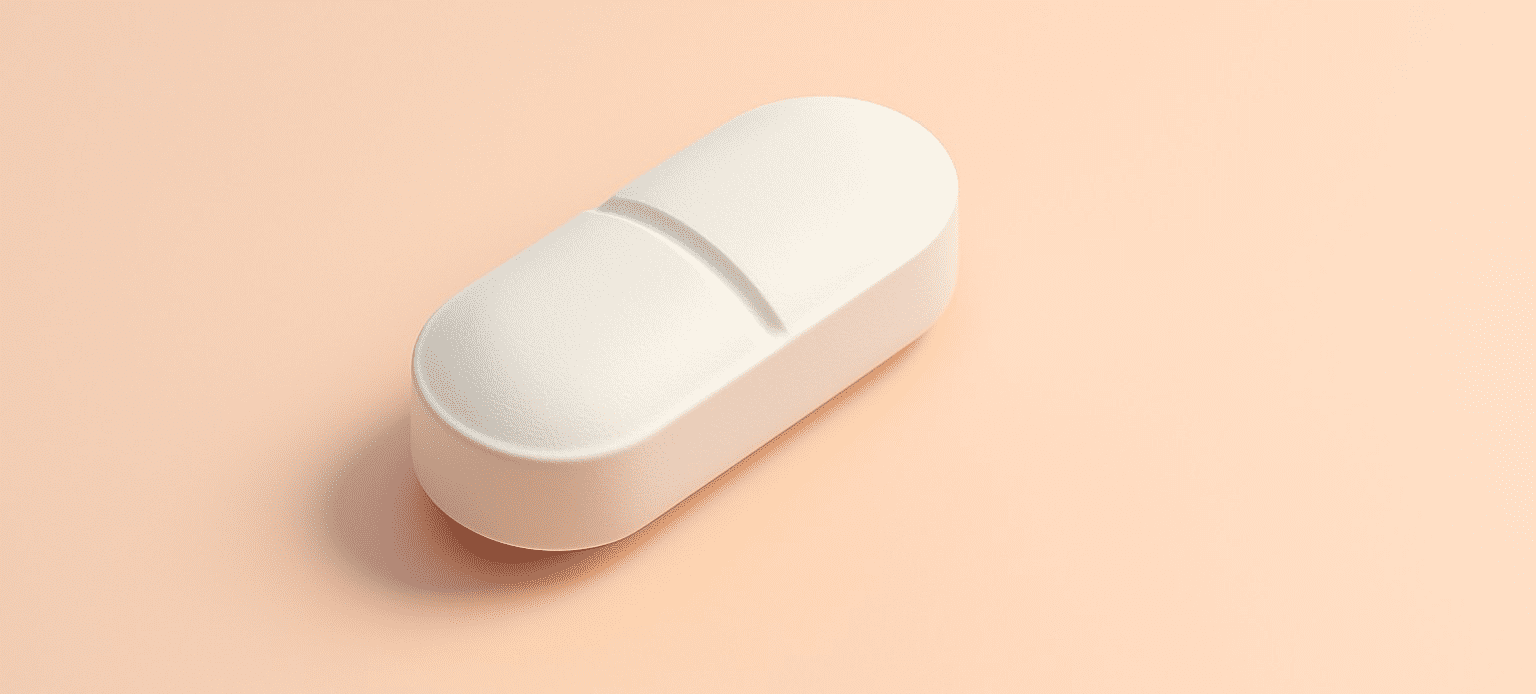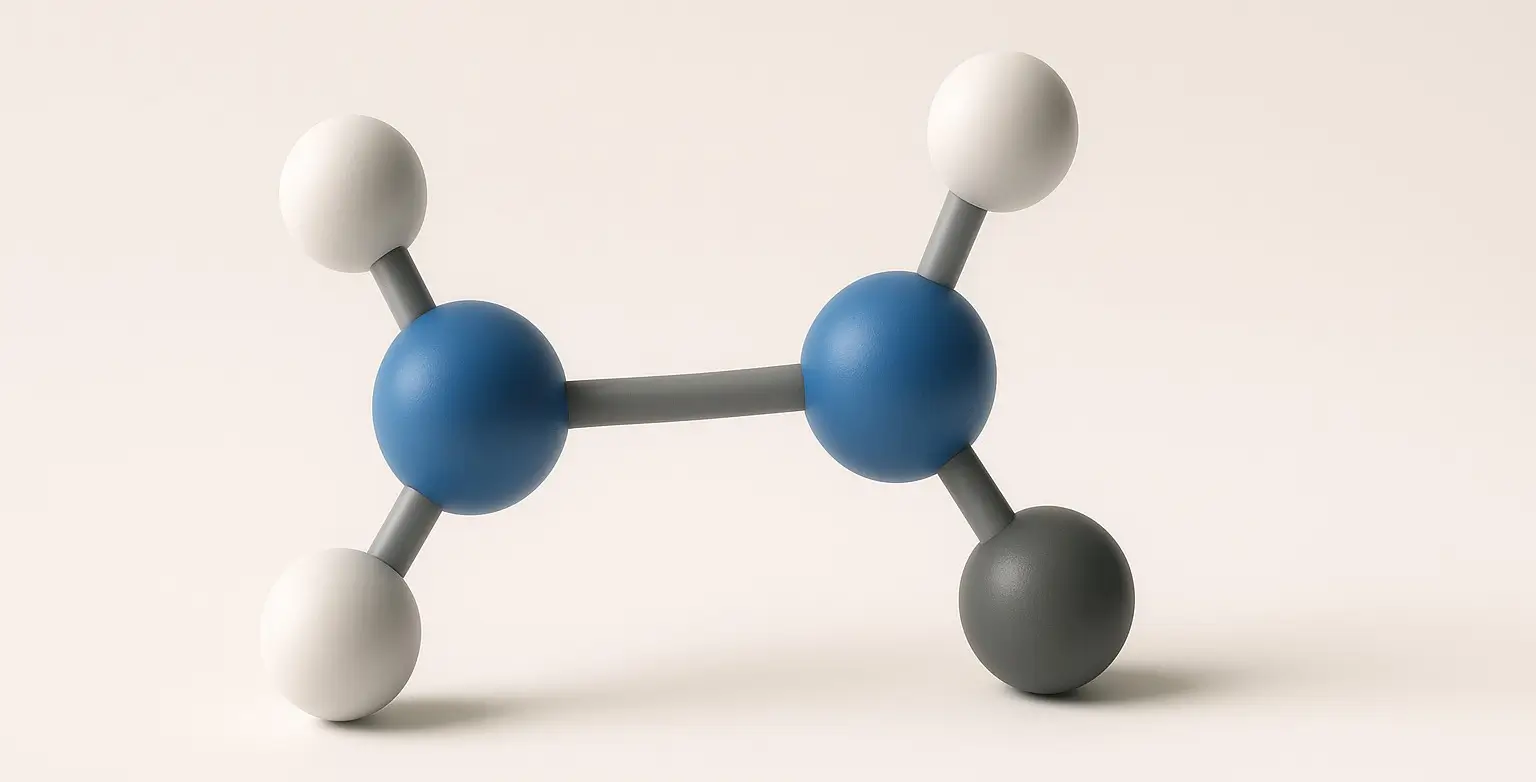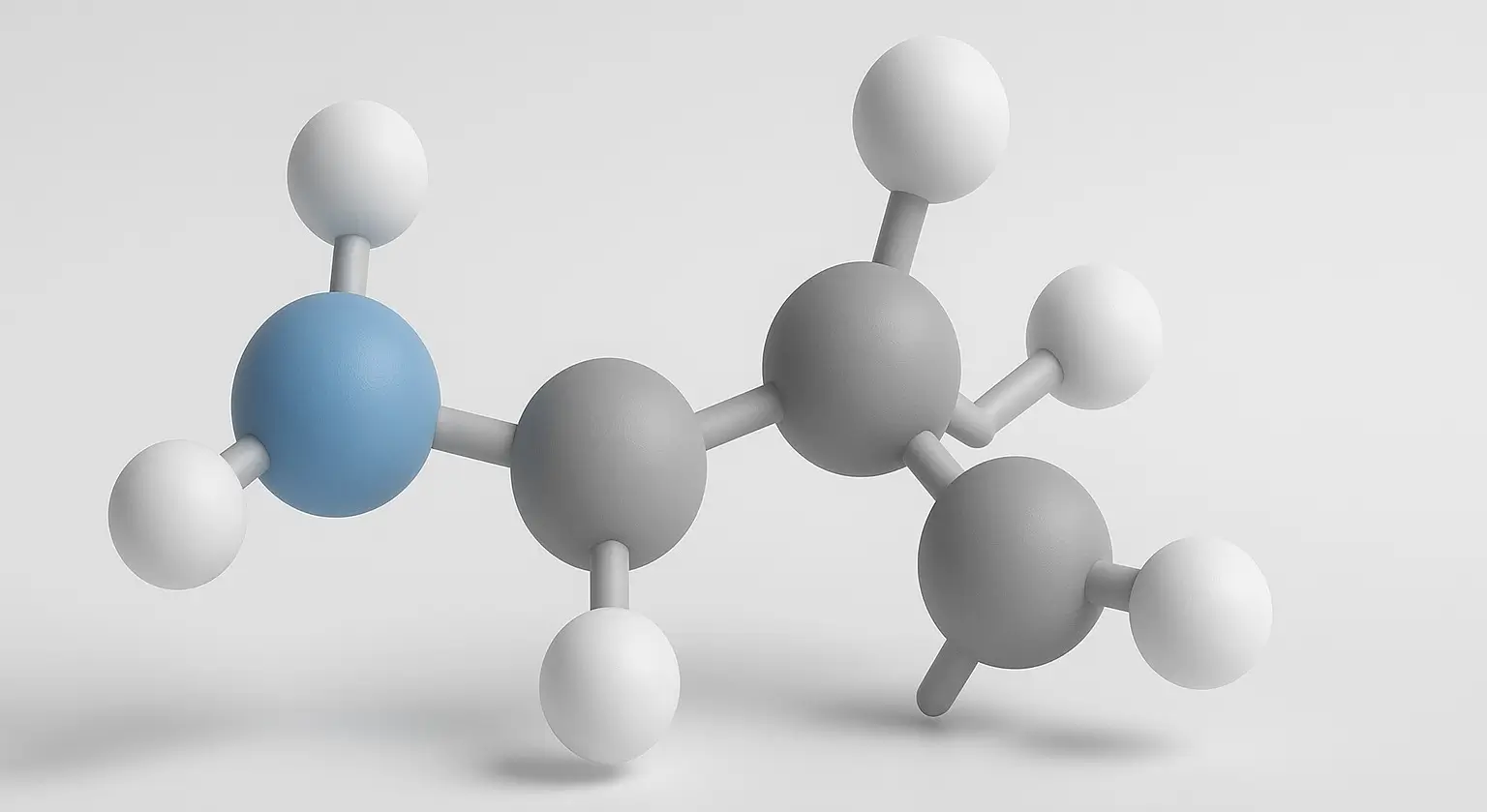Measurement of Surface
Measurement of Surface can be measured using various techniques, each based on different physical principles. Below are the commonly used methods: 1. Capillary Rise Method for Measurement of Surface and Interfacial Tensions Principle: This method relies on the height a liquid rises in a capillary tube due to surface tension. The liquid rises because of adhesive … Read more

